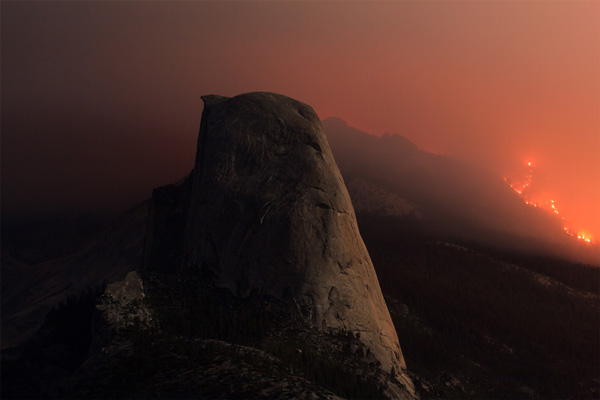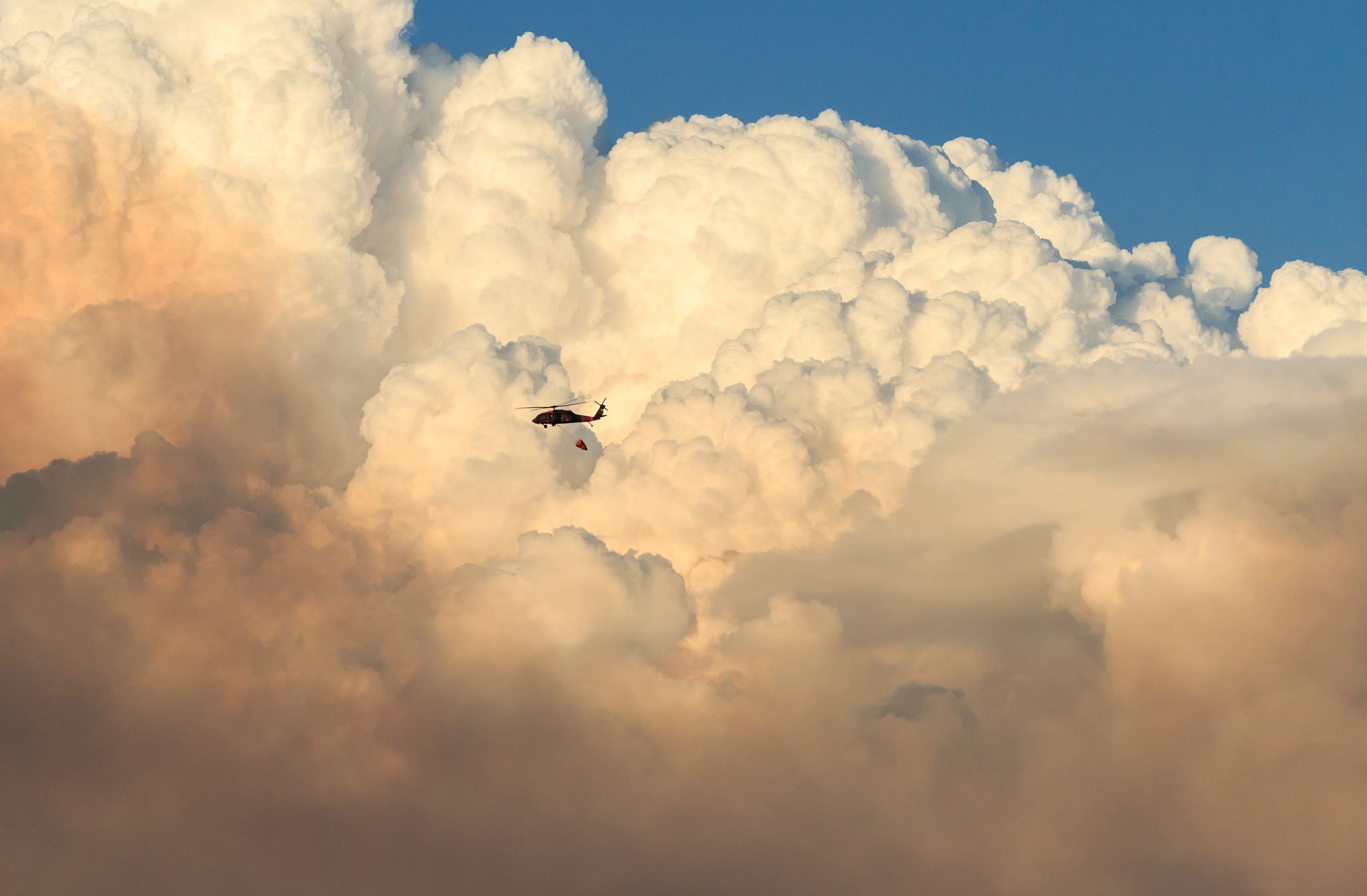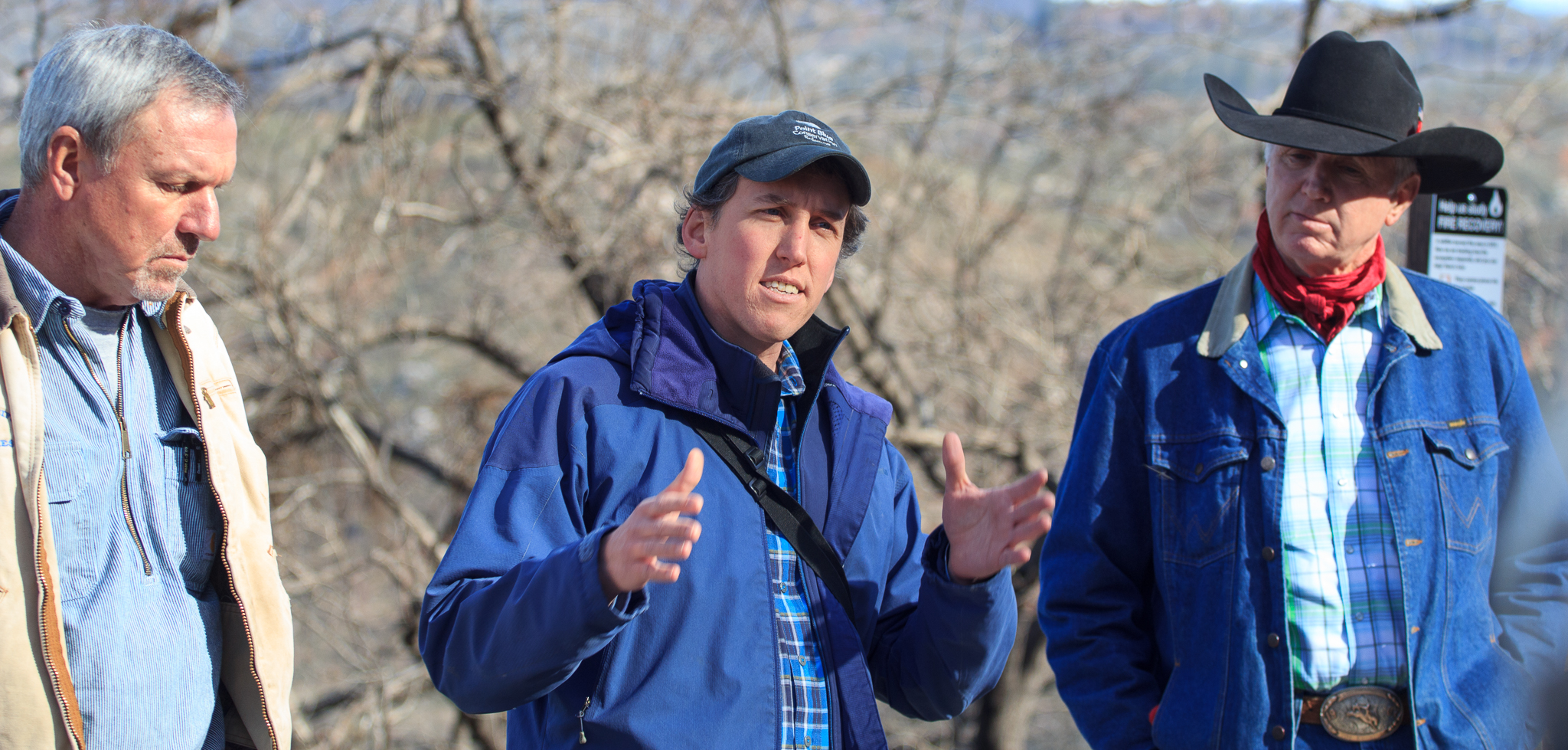The wildfires burning in California right now are affecting record numbers of people, and they are burning in areas where people are unaccustomed to wildfire.
I know many of my friends have had to evacuate because of fires around the state. I am very glad you are all safe and sound, and I’m hoping your homes come through too. It is frightening and unnerving, especially the limbo of not knowing. Many along the coastal ranges are not used to fires either, nor are you experienced with how wildfires are fought.
I’d like to offer some information, and maybe a tip or two to help put things in perspective. And no, I am not a firefighter, but my dad was for decades in the Forest Service, and I’ve lived in fire prone areas much of my life. I’ve listened, learned and still stay current with what’s going on.
A common complaint I’ve seen is “firefighters aren’t doing anything” and the related “I haven’t seen anyone near my house”. Trust me, they are doing everything they can. If you are at home, that *SHOULD* mean you have not been evacuated and aren’t in any imminent danger. The firefighters are where they can be most effective. Often that means not near homes, especially if there is a low chance of success. Wildfires are often fought a distance away clearing fuel breaks, lighting backfires,etc. If you are at home and you were given evacuation orders, then shame on you. You are probably part of the problem here. If firefighters have to worry about protecting civilians then they cannot do their job. You are putting their lives and other’s property at risk. Not to mention your own. You are also preventing them from being where they can do the most good.
I also see a lot of “we need more resources”. Yes, that’s true. Even in a normal year California can be stretched thin. 2020 is not normal. A major portion of the inmate crews are unavailable because of Covid. What is NOT true is that they comprise the bulk of CA firefighters. CalFire has approximately 10,000 full and part time firefighters (including local volunteer units). Inmates provide another 4300 people. See – https://www.fire.ca.gov/media/4932/fireandemergencyresponse.pdf Depending on the point in time that 4300 has been reduced to around 2000. There is also a broad network of mutual aid from City, County, Forest Service and other agencies and regions to assist in surge events. This last week has also not been normal. California, especially the coast ranges do not normally get some 10,000 lightning strikes. There are large fires burning in many areas of the state. That’s another drain on resources. Had these fires been staggered, it would be easier to fight.

UH-60 Blackhawk Helicopter fighting the Rim Fire in Tuolumne County, 2016
We also have a budget. California has added a lot more equipment, mostly aircraft. Even more importantly we need people.We need crews on the ground, we need lookout towers to be staffed with humans trained and disciplined enough to look for fire. Many spotters are also forest ambassadors who teach visitors about the forest, about fire; they take weather readings, fuel moisture content, etc. I’ve heard people say we should replace people with webcams. I love having webcams available, but they are no substitute for a human. One quick glance at Alert Wildfire’s site – http://www.alertwildfire.org/ and you’ll see how hard it can be to spot fire with a webcam. Specialty equipment such as IR and other tools help, but they still cannot beat a human.
Incident Commanders and Resource Managers have had to make tough choices over the last week. I often have the scanner on (you can stream many channels on https://www.broadcastify.com/ or their app). I hear the stress in their voices and the sadness when they have to order people to a fall back position. I hear the stress when Resource Managers have to ask for the bare minimum equipment needed to save lives because there isn’t enough to go around to save lives and property. I do want to make clear that listening to scanners is NOT a substitute for local news/emergency alerts. While evacuations are often discussed on scanners, it’s often in general terms. It can be useful for giving yourself some extra time to be ready, but don’t rely on it for specific information, that is often done offline. Actual evacuations are often handled through law enforcement and/or county communications. Sign up for text alerts if available where you live.

Meadow Fire behind Half Dome, Yosemite National Park.
What can you do?
First and foremost, make sure your property is fire safe, fire ready. Help firefighters help you. The Fire Safety Council has great information – https://cafiresafecouncil.org/resources/fire-safety-information-for-residents/. Having a good defensible space will help give your house the best chance for survival. The coast ranges are far lusher than the Sierras. People love their dense vegetation, thick woods, etc. (as do many up here, even though that’s often a sign of an unhealthy forest). Many older homes along the coast still have wood shingle roofs. It may look great, but one ember landing on it can mean the destruction of your home.
Evaluate the plants around your home, especially the 30ft radius.
- Do you have plants that combust easily?
- Have a lot of oils that can spread fire easily?
- Do you have a lot of ground litter and fuel ladders?
Also look into the other resources your local Fire Safe Council provides. For example, in my little neighborhood we were selected for a grant that helps pay for removal of hazard trees, vegetation, etc. It’s a wonderful program. If you don’t have on in your area, then you can start one. See – https://cafiresafecouncil.org/resources/fire-safe-councils/map-of-fire-safe-councils/ Also be safe. If you need to mow, weed-eat or operate equipment, do so early in the morning when humidity is highest. If you’re out camping, inform yourself of relevant fire restrictions – and follow them. Don’t park on tall grass. Don’t smoke. Most of all be aware of your surroundings, current weather and risk.
Listen and Learn
While fire science has become quite sophisticated we also need to go back and learn from the experts that were here before Europeans arrived. Most native/First Nations of California not only learned to live with fire, but learned to use it as a tool to benefit them. NPR had a good overview about a week ago. https://www.npr.org/2020/08/13/902073784/california-teaming-up-with-native-american-tribes-to-prevent-wildfires . In addition to the help with basket material, I’ve also heard that it improves conditions for black oaks – and their acorns, as well as deer habitat. California is slowly starting to learn from and allow cultural burning again.
Ranchers are also a great resource. They also have a vested interest in keeping the land healthy and sustainable. Livestock can be a great tool in reducing fuels as well as invasive species. Invasives are often more flammable than natives, yet also seed more readily after a fire. I’m looking at you starthistle. For further reading start with Flying Mule Farm’s blog https://flyingmule.blogspot.com/ Dan does a great job explaining the very best practices of a rancher.
Another area to be prepared in is knowing what you need to take in an evacuation, where you’ll go and how you’ll get there.
Keep a bag with a few changes of clothing and toiletries ready. Keep another bag with non-perishable food and water (including pet food if applicable). I also have a portable battery to recharge my cell phone. Know what medications you need to grab, important documents, backup drive, etc. I have a “5-min evacuation” list and a longer “I’m just under a warning” list. Things like this are great for fire, earthquake or any other disaster that comes our way.
If you live in a rural area, know EVERY way out. I live in a spot with one paved road out, and 2 designated dirt evacuation routes. I take them a few times a year so I know what shape the roads are in and remind myself how long it takes to get out. Usually if there’s an official evacuation there will be a designated center to go to. But have plan B ready too – friends, family, etc. Make sure your entire household knows what to take and where to meet.
Lastly, I see a lot of people urging others to call/write the Governor, etc. If that makes you feel better, then by all means do so.
But the time to prepare is past. We have aid coming in from other Western states, and as far away as Australia. They all rock. And they all are also part of the mutual aid network, and understand how to fight fires like we are experiencing. Not all fires are the same, and not all fires have the same tactics to fight them.
If you really want to call the State and complain, make sure to mention the fiasco with insurance companies cancelling policy holders in rural areas. Complain about the State Insurance Commissioner that kept saying there wasn’t a problem until faced with thousands and thousands of angry residents with their cancellation letters. While it’s been repealed, don’t pass ridiculous taxes like the fire tax that unfairly target rural residents.
Final thoughts
One of the favorite things I heard at a fire symposium was the reminder that fire is a process not an event. I often hear the phrase forest succession too. Most landscapes do not change much in our lifetime, or at least change slow so we often don’t notice until we look at old photos or videos. Fire speeds up that process. Will everything be exactly as it was in a few years? Other than some of the chaparral areas, probably not. And yes, climate change will affect how some areas rebound. There may be new plants and animals, there may not be. Some areas will be open, there will be meadows where there weren’t before. And that’s ok too. Nature isn’t static.
This also turned out to be a much longer post than I intended. Thank you for reading the whole thing. I’m sure I’ve left things out that are important. But that’s the beauty of a blog, you can always post a follow up!
Again, I do know how stressful this is. I was on evacuation warning earlier this year, and I’ve been under others in the past. Luckily in that case there were basically no other fires burning and there were no winds. It could have been far worse. Be thankful you and your family are safe; I am happy you are around to read this. It is heartbreaking to see homes and businesses destroyed. It’s heartbreaking to see beautiful forests and oak grasslands destroyed. But it’s also wonderful when the winter rains and warmth of spring come around and life regrows. Wildflowers will thrive in the open spaces. We can repair and rebuild too. ♥
Resource Summary:
FlightRadar24 – https://www.flightradar24.com – follow and identify the aircraft flying overhead.
Broadcastify – https://www.broadcastify.com/ – they also have an app
Scanner Radio Pro – https://play.google.com/store/apps/details?id=com.scannerradio_pro – I use this scanner app instead – which pulls from Broadcastify, and has other nice tools.
Fire Safe Council – https://cafiresafecouncil.org
Alert Wildfire Webcams – http://www.alertwildfire.org/
Flying Mule Farms Blog – https://flyingmule.blogspot.com/

Pine tree seedling after the Rim Fire





